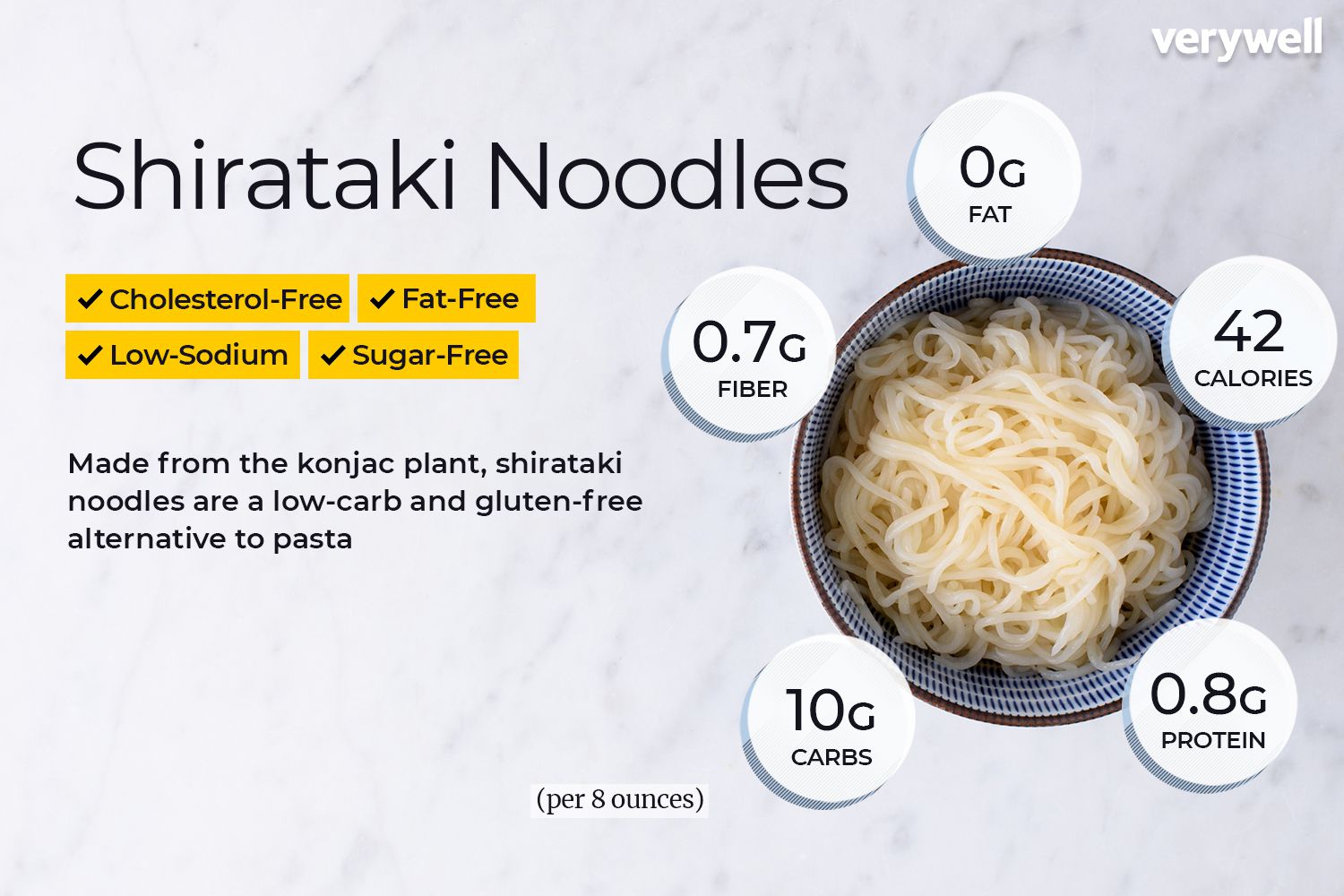Shirataki noodles are long, white noodles that consist of a type of starch known as glucomannan. The body does not digest this starch, making shirataki noodles very low in calories and carbohydrates.
Shirataki noodles are a popular part of Japanese cuisine. However, because of their nutritional properties and versatility, they have gained popularity in other parts of the world, particularly among those who follow low carbohydrate diets.
What are shirataki noodles?
Shirataki noodles consist of water and starch from the roots of the konjac plant, which is a type of yam. Other names for these noodles include “konjac noodles” or “miracle noodles.”
Manufacturers make shirataki noodles by extracting starch from konjac roots. They then use this starch to create a block, known as “konnyaku.”
People can eat konnyaku on its own as a meat substitute, or use it to create different shapes. Konjac starch is gelatinous and clings to itself, which makes it ideal for forming into noodles.
Shirataki noodles are unique because of the starch they contain: glucomannan. In the digestive system, glucomannan acts like a dietary fiber, which means the body does not break it down to use as energy.
This makes shirataki noodles extremely low in calories and carbohydrates, as they provide little energy.
Potential health benefits
- Use as a food substitute
- Reaching a moderate weight
- Lowering cholesterol
![]()





